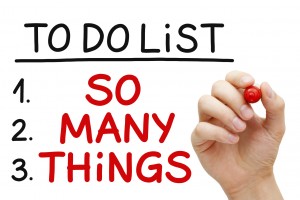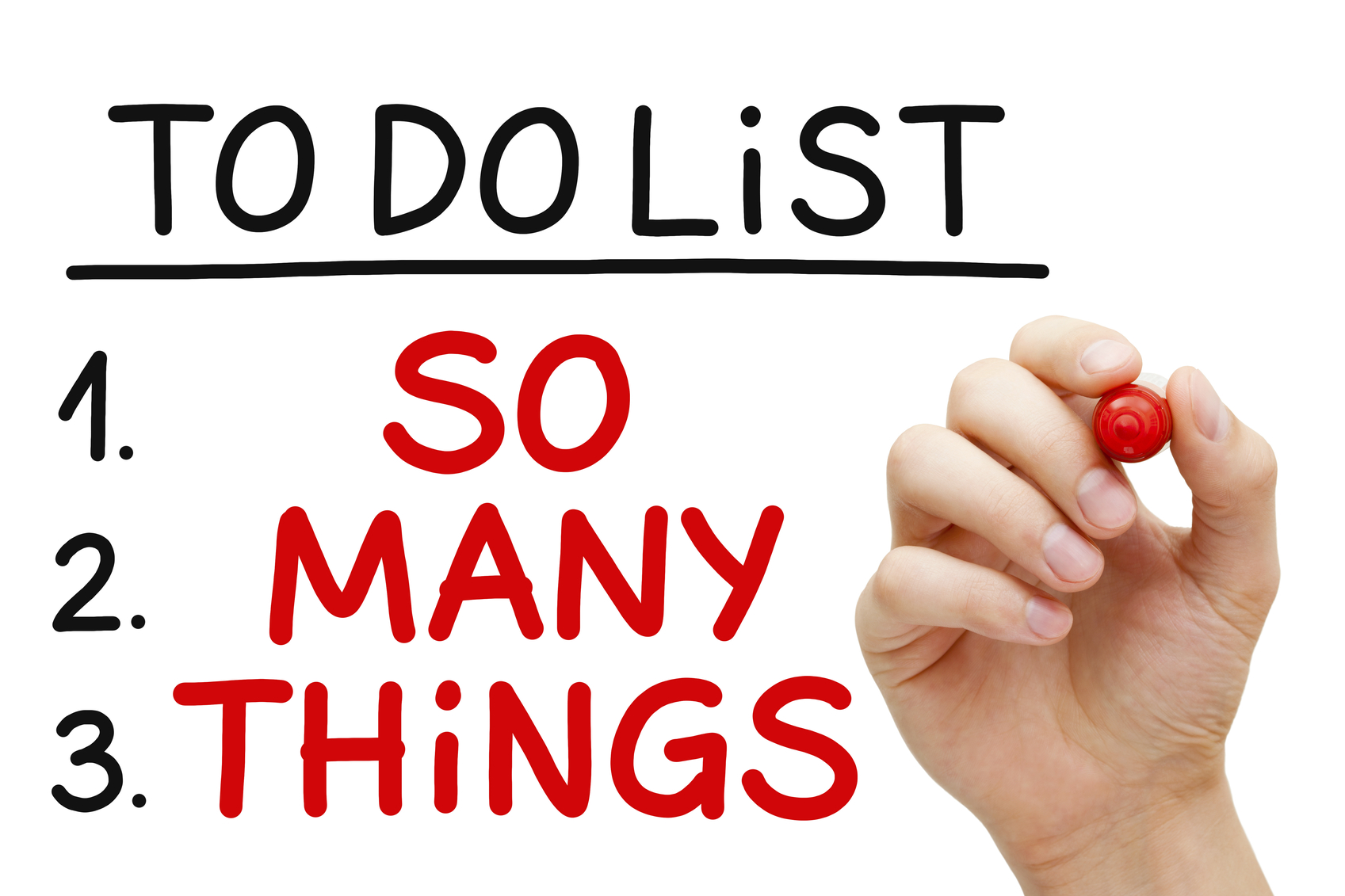Causes of Change Fatigue
Shawnee Love •
August 26, 2016
If you are experiencing or pushing for change in your organization or you work in a fast moving industry or high growth (or shrinkage) company, you need to be watchful of the signs of change fatigue.
Change fatigue describes the state of exhaustion employees reach when they have experienced too much change. The reason you want to watch out for it is because change fatigue can slow down or stop progress and even set things back.
The way to avoid change fatigue is to be aware of how it occurs and to recognize the signs of its presence. This week we are looking at how change fatigue occurs.
For starters, it is important to note that change fatigue tends to be a cumulative effect. So it doesn’t usually rear its head the first time a change is discussed but rather amidst ongoing and/or multiple and/or significant changes in the works. It is also important to recognize that while change fatigue may be experienced by an entire group, individuals in the group will reach their change fatigue tipping points at different times depending upon each person’s individual resiliency to change. Furthermore, each person’s resiliency to change depends upon a variety of factors beginning with the individual’s attitude towards change in general. Even people who like change can become fatigued from it after awhile, but someone who despises or fears change will likely reach change fatigue sooner.
Other factors affecting individual resilience include:
- Personal situations- When a personal life is in upheaval, it will generally reduce the employee’s ability to handle changes at work.
- Workload- Because change itself and the required re-learning and reprogramming takes effort, if the workload doesn’t ease up or in fact grows, change fatigue likelihood increases.
- Support & systems- Successful change requires aligned leaders, support and systems. People will experience change fatigue when it feels like they are fighting a battle against their colleagues or the organization in general. This is why it is important in any change to have committed leaders who consider what systems, policies, tools, structure, procedures, etc. need to change and begin those upgrades before sending people into the change fray.
- Morale- If peers are excited about change, that feeling will spread throughout the team. But so does fear and resistance.
We know when resilience is high and people are optimistic about the change, they find it easier to resist change fatigue. And by the same logic, they fall prey to change fatigue more easily when these things work against them.
Come back next week and for how to recognize and reduce change fatigue.





